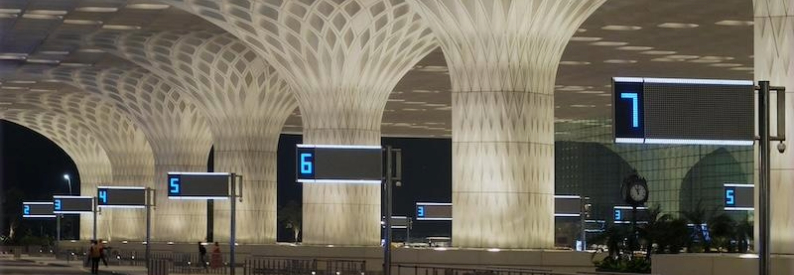Airports Economic Regulatory Authority Revamps Mumbai Airport Passenger User Fees

AERA, the Airports Economic Regulatory Authority of India, has overhauled the passenger user fee structure at Chhatrapati Shivaji Maharaj International Airport in Mumbai to reflect a “user pays” principle, shifting a greater share of cost recovery onto international flyers. The revised charges, which take effect on May 16, apply tiered rates based on cabin class while also raising domestic departure and arrival fees.
Domestic travelers departing Mumbai will now pay INR175 per passenger, up from the current INR120, and arriving domestic passengers will incur a nominal INR75 fee, replacing the previous zero charge. This adjustment aims to bolster airport revenues and fund operational enhancements without overly burdening domestic air travel. By introducing modest increases for local flyers, AERA intends to balance cost recovery with the need to support domestic connectivity.
International passengers will see the most significant changes in the fee schedule. Previously uniform at INR187, international user fees are now differentiated by cabin class and travel direction. Economy-class travelers departing Mumbai will pay INR615, while business-class passengers face a departure fee of INR695. These steep increases reflect the enhanced lounges, expedited immigration services, and premium amenities that international flyers enjoy.
Arriving international flyers will also pay higher fees, with economy passengers charged INR260 and business-class travelers billed INR304 upon disembarking at Mumbai airport. The tiered structure is designed to align fees with the relative value and resources utilized by each cabin class, ensuring that those consuming higher-end services contribute proportionately to airport infrastructure funding.
AERA explained that the adjustment aligns with its regulatory objectives to ensure that airport financing is largely borne by users who directly benefit from upgraded terminals, expanded lounges, faster security screening, and improved passenger amenities. By targeting higher fees at international travelers, the authority hopes to mobilize funds for major capital projects without significantly affecting domestic traffic volumes.
In its statement, AERA noted that revenues from the revised passenger user tax will fund infrastructure development at Mumbai airport and “ensure the financial viability of the airport operator.” Projects slated for funding include runway enhancements, terminal expansions, and state-of-the-art security systems. The regulator emphasized that the new fees would be ring-fenced for these capital investments, reinforcing transparency and accountability.
Industry observers warn that the higher fees could influence traveler behavior, potentially shifting price-sensitive passengers toward other regional hubs. Airlines operating out of India’s financial capital are closely monitoring booking patterns to gauge the real-world impact of the fee hikes. Some travel advisors predict that premium cabin travelers will absorb the increases more readily than economy passengers, given the value they place on enhanced airport experiences.
The updated passenger user fee regime will remain in force through May 31, 2029, providing AERA with a multi-year window to assess its effects on traffic volumes and airport finances. As global and domestic air travel continues to rebound, the new fees represent a pragmatic step toward securing long-term infrastructure funding at one of India’s busiest international gateways.
Frequent flyers and travel planners are advised to review the new fee schedules when budgeting for trips departing from or arriving at Mumbai. With cabin class now a key determinant of user fees, passengers may reconsider their travel class preferences and airlines to optimize total trip costs. The tiered structure could also prompt airlines to adjust fare pricing or offer bundled packages that incorporate the new airport taxes.
By implementing a cabin-based, user pays fee framework, AERA aims to modernize the financial model underpinning airport development at Chhatrapati Shivaji Maharaj International Airport. Whether the new fees strike the right balance between revenue generation and passenger satisfaction will become clearer as data on traveler behavior and airport performance emerge over the coming years.
Related News : https://airguide.info/category/air-travel-business/airline-finance/
